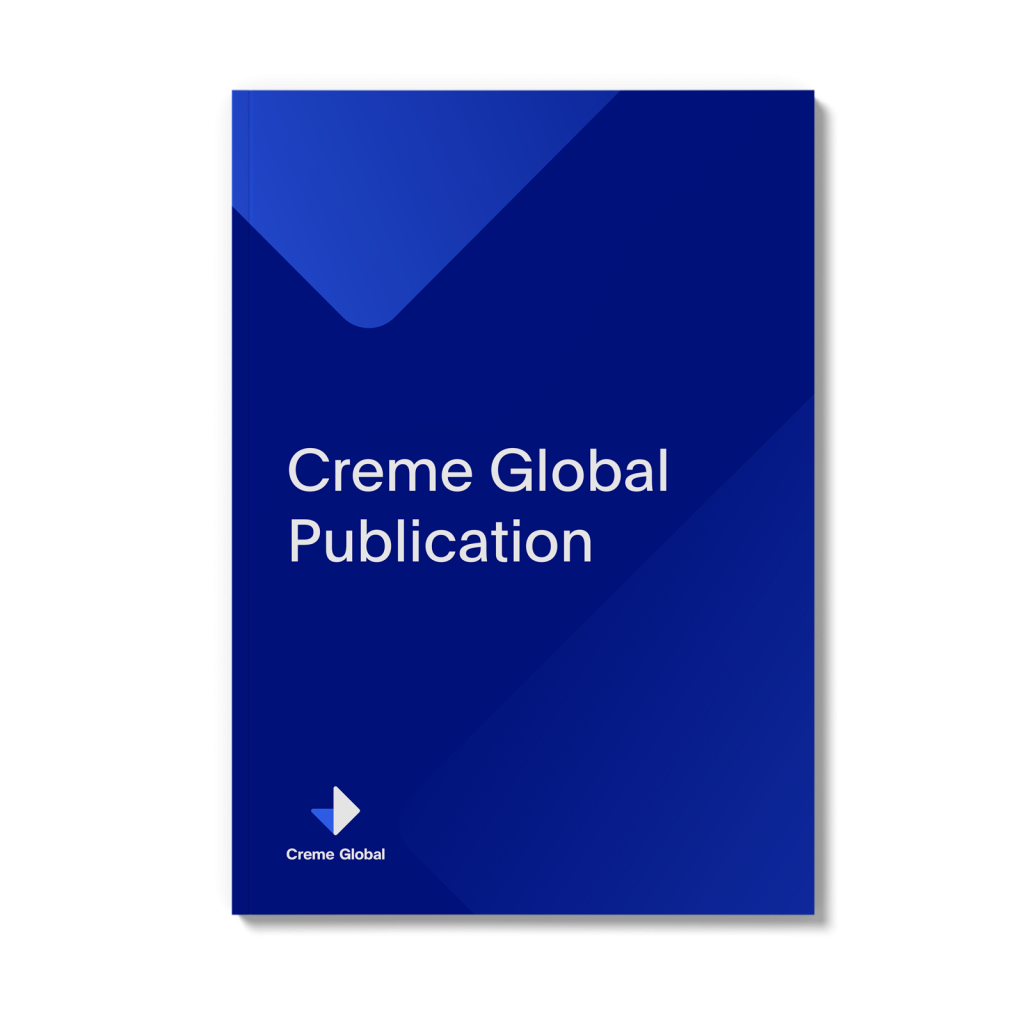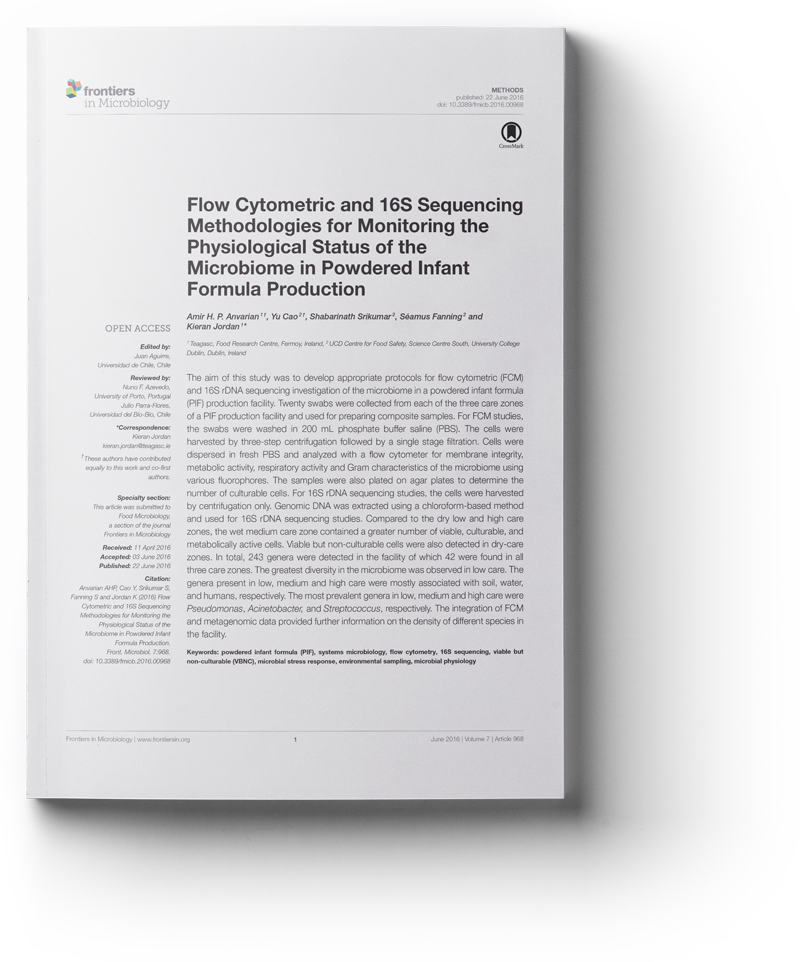From about 1985 to 2015, the subject of predictive microbiology has become a mature area of study in and of itself. The ability to predict the growth of a bacterial species within a food matrix for a given set of intrinsic and environmental conditions offers many advantages and benefits…
Authors: O’Mahony Cian, Dennis L Seman
Publication date: 01/12/2016

